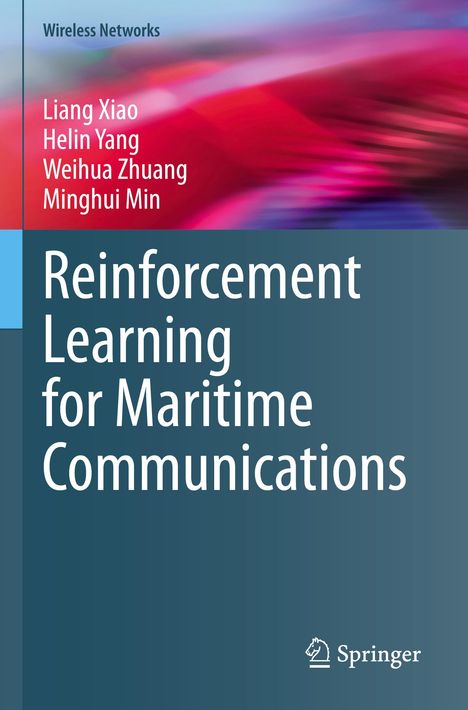Liang Xiao: Reinforcement Learning for Maritime Communications, Kartoniert / Broschiert
Reinforcement Learning for Maritime Communications
(soweit verfügbar beim Lieferanten)
- Verlag:
- Springer Nature Switzerland, 08/2024
- Einband:
- Kartoniert / Broschiert, Paperback
- Sprache:
- Englisch
- ISBN-13:
- 9783031321405
- Artikelnummer:
- 11941357
- Umfang:
- 156 Seiten
- Nummer der Auflage:
- 2023
- Ausgabe:
- 2023
- Gewicht:
- 248 g
- Maße:
- 235 x 155 mm
- Stärke:
- 9 mm
- Erscheinungstermin:
- 13.8.2024
- Hinweis
-
Achtung: Artikel ist nicht in deutscher Sprache!
Weitere Ausgaben von Reinforcement Learning for Maritime Communications |
Preis |
|---|
Klappentext
This book demonstrates that the reliable and secure communication performance of maritime communications can be significantly improved by using intelligent reflecting surface (IRS) aided communication, privacy-aware Internet of Things (IoT) communications, intelligent resource management and location privacy protection. In the IRS aided maritime communication system, the reflecting elements of IRS can be intelligently controlled to change the phase of signal, and finally enhance the received signal strength of maritime ships (or sensors) or jam maritime eavesdroppers illustrated in this book.
The power and spectrum resource in maritime communications can be jointly optimized to guarantee the quality of service (i. e., security and reliability requirements), and reinforcement leaning is adopted to smartly choose the resource allocation strategy. Moreover, learning based privacy-aware offloading and location privacy protection are proposed to intelligently guarantee the privacy-preserving requirements of maritime ships or (sensors). Therefore, these communication schemes based on reinforcement learning algorithms can help maritime communication systems to improve the information security, especially in dynamic and complex maritime environments.
This timely book also provides broad coverage of the maritime wireless communication issues, such as reliability, security, resource management, and privacy protection. Reinforcement learning based methods are applied to solve these issues. This book includes four rigorously refereed chapters from prominent international researchers working in this subject area. The material serves as a useful reference for researchers, graduate students. Practitioners seeking solutions to maritime wireless communication and security related issues will benefit from this book as well.


